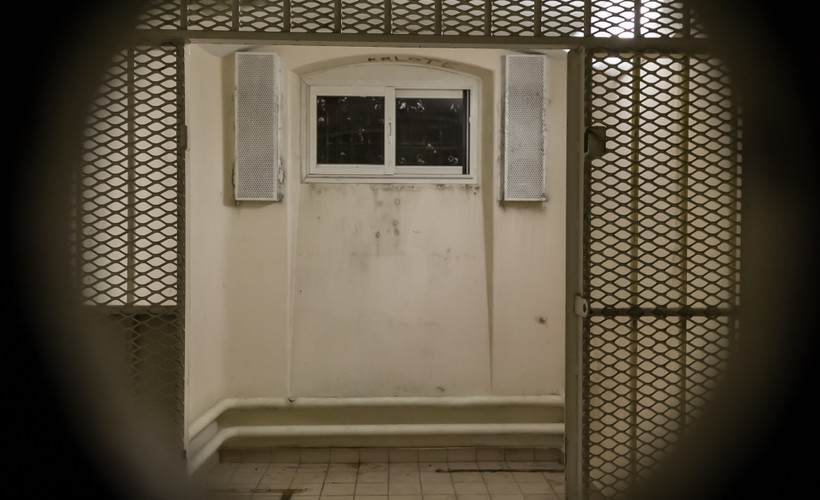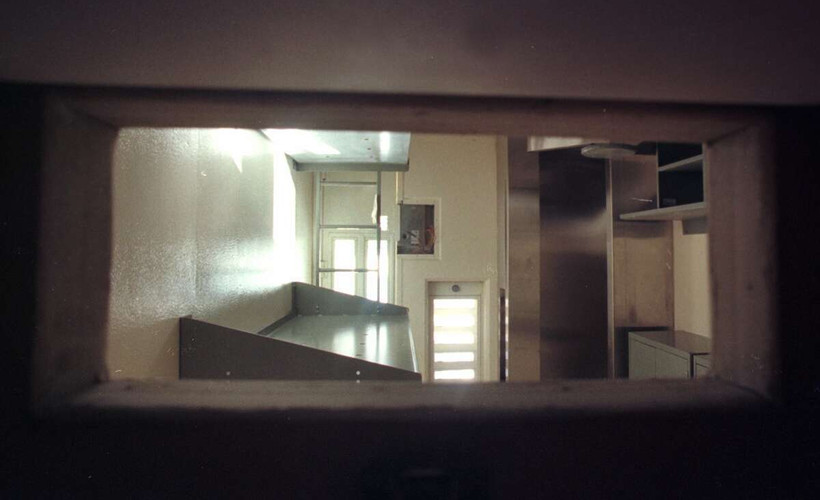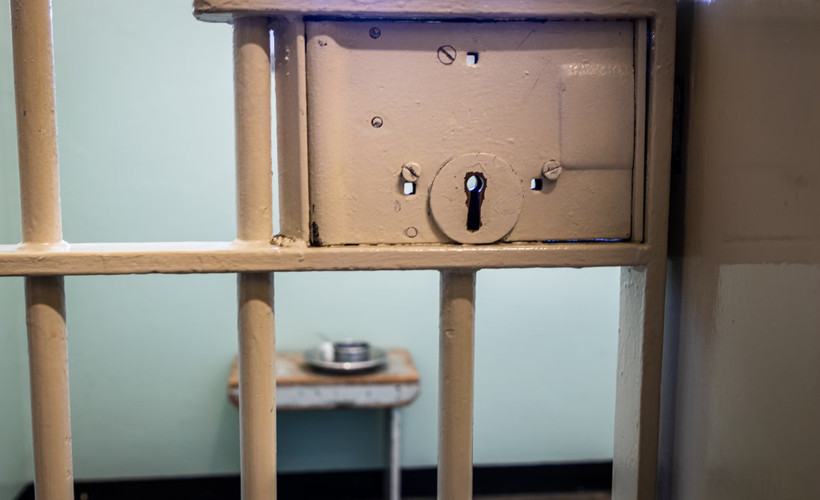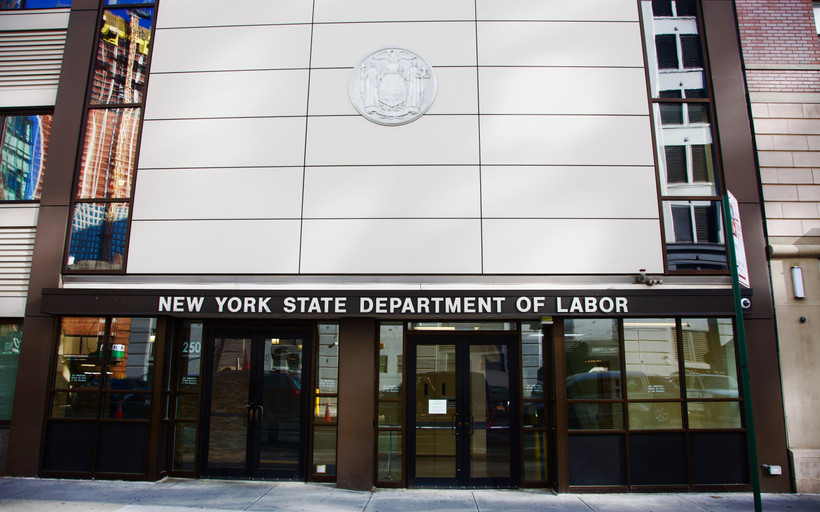How New York’s Maximum-Security Women’s Prison Has Failed to HALT Solitary Confinement
A landmark reform law was meant to overhaul carceral punishment in New York. Getting prisons to follow it has been an uphill battle.
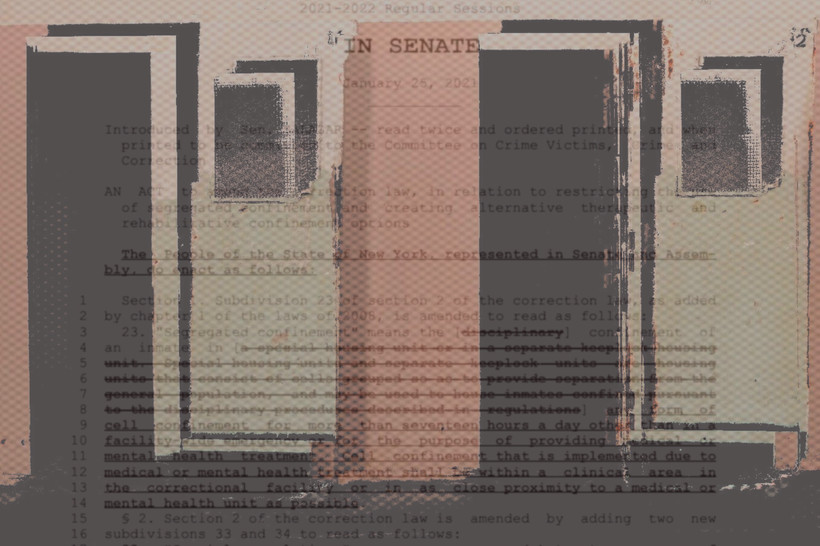
- State Prisons Are Routinely Violating New York’s Landmark Solitary Confinement Law
- Prisons Are Illegally Throwing People With Disabilities Into Solitary Confinement
- Solitary by Another Name: How State Prisons Are Using ‘Therapeutic’ Units to Evade Reforms
- Lesser Infractions Aren’t Supposed to Land You in Solitary Confinement. They Do Anyway.
- New York’s Prison Chief Ordered Guards to Illegally Shackle People to Desks
- To Implement a New Law, Prisons Likely Broke Another
- Can Anyone Make New York Prisons Follow Solitary Confinement Law?
- Prison Department Writes Its Way Out of Following Solitary Confinement Law — Again
- A Law Hasn't Fixed Solitary Confinement in New York. Can a Lawsuit?
- The Biggest Issue Behind the New York Prison Guard Strike
This article was supported by a grant from the Ridgeway Reporting Project, managed by Solitary Watch with funding from the Vital Projects Fund.
This article was supported by a grant from the Ridgeway Reporting Project, managed by Solitary Watch with funding from the Vital Projects Fund.
Bedford Hills and DOCCS administration have circumvented both the spirit and the letter of the law.
Nearly two-thirds of the people in SHU are Black, despite Black people making up less than half of the state’s prison population.
“We know that violations are occurring.”
